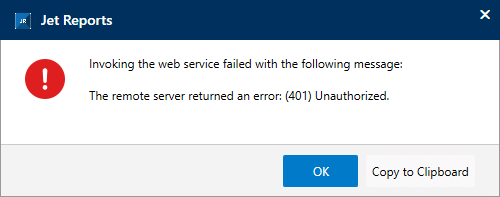 This article is part of the Working with Power Automate Solutions series and of the larger Working with Power Automate series I am writing on my experiences working with the Power Automate, which is part of the Power Platform from Microsoft. I also have a related series of articles on Power Automate with Microsoft Dynamics 365 BC.
This article is part of the Working with Power Automate Solutions series and of the larger Working with Power Automate series I am writing on my experiences working with the Power Automate, which is part of the Power Platform from Microsoft. I also have a related series of articles on Power Automate with Microsoft Dynamics 365 BC.
When I wrote the what is a solution publisher article, and follow up on creating a solution publisher, back in January 2024, I didn’t really consider who my audience would be and that I actually have an audience split between consultants, like myself, and end-users.
It’s easy enough to say something like “create yourself a solution publisher”, but this skates over the detail of who the publisher should actually be, which really does need to be considered. I’ve seen this debated previously, both in connection with Power Automate and also Microsoft CRM, for which I used to be certified.
The solution publisher, should be the owner of the solution. There are four main scenarios:
- If you, a consultant, create a solution for sale as a managed solution, then you would be the publisher.
- If you, a consultant, create a solution for a client, then the client would be the solution publisher, regardless of who will maintain the solution.
- If you, an end-user, create a solution for yourself, then you would be the solution publisher.
- If you, an end-user, create a customisation of a managed solution, then you would be the solution publisher.
The above represents what I regard as the best practice for solution publishers and should minimise problems with different solution publishers and prefixes being in a system. While a publisher of a solution can be changed, the prefix assigned to any objects cannot be changed.






